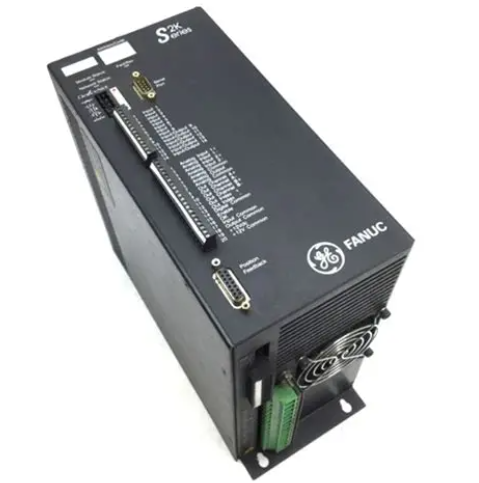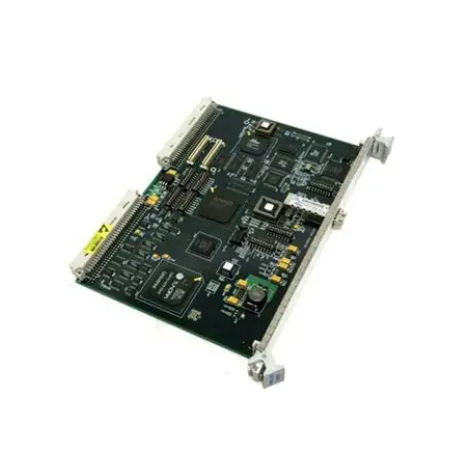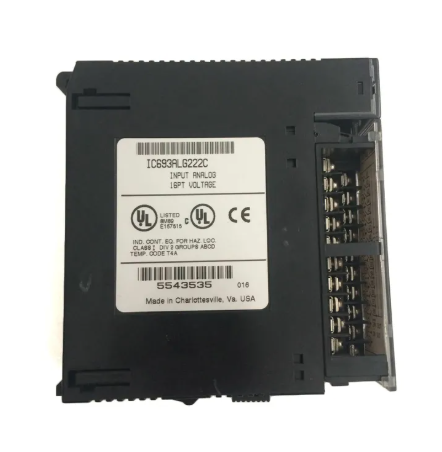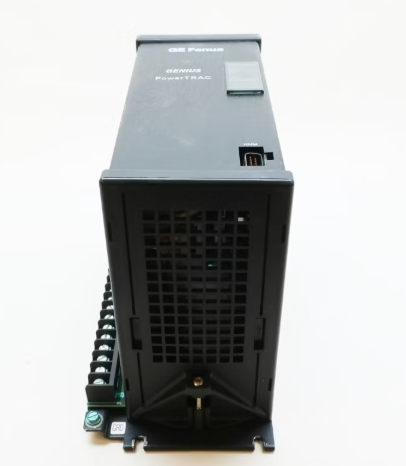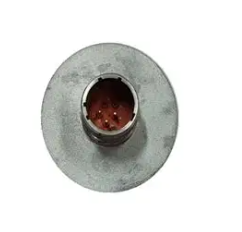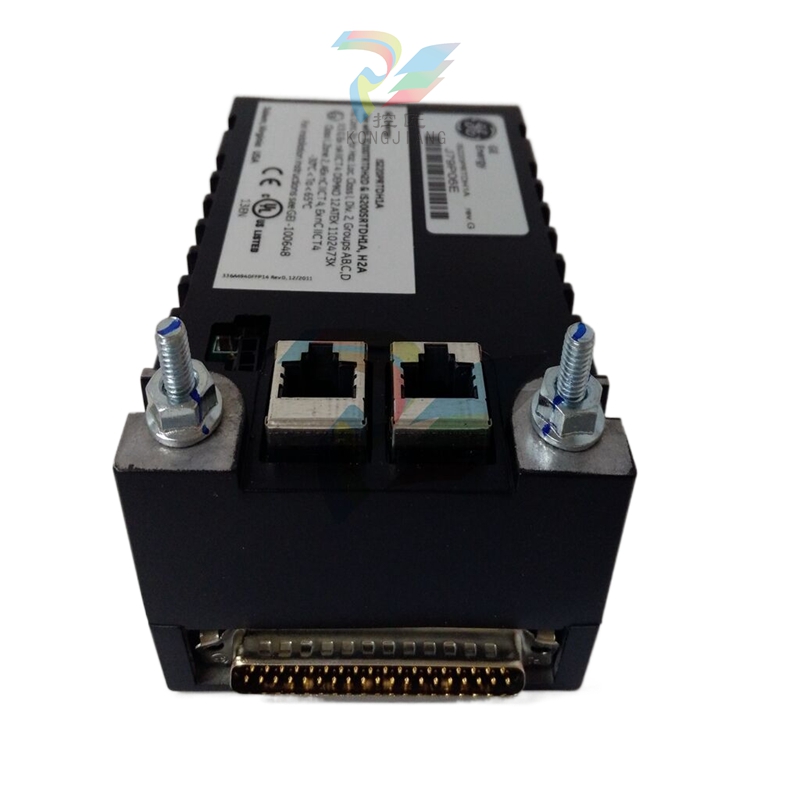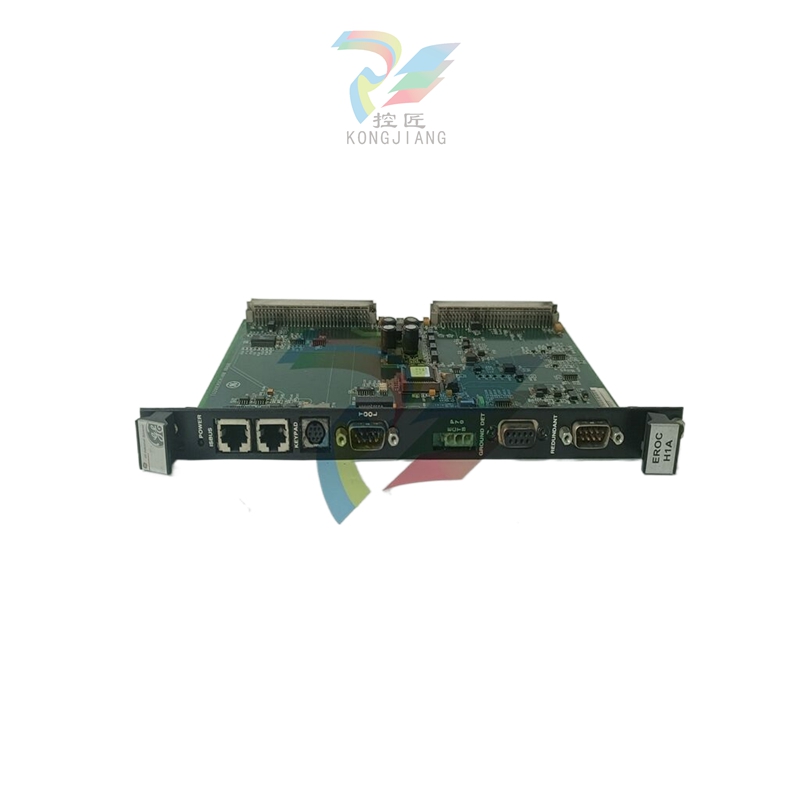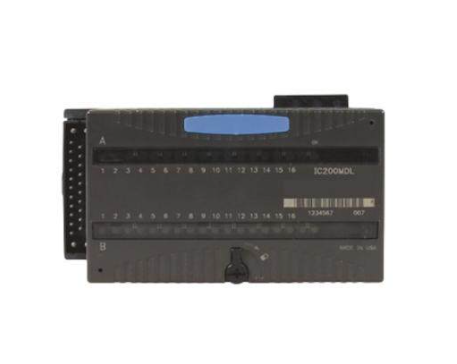Development prospect and investment strategy of China's chemical fiber industry in 2024-2029
(1) The main entry barriers of the chemical fiber industry
1. Product development barriers
Polypropylene production enterprises need to continue to develop high-tech and differentiated polypropylene products in order to adapt to the special needs of downstream customers for green, differentiated, personalized consumption upgrades, and so on, so there are high product development barriers.
Specifically, first of all, enterprises need deep technical precipitation and industry experience, accurately identify customer needs and carry out technical translation and conversion, and develop customized products that meet specific applications. Secondly, the research and development of polypropylene requires professional knowledge such as polymer materials science, the research and development process needs to go through repeated trials and formulation debugging, and the R&D personnel are required to have rich experience in order to ensure the smooth completion of product development. At the same time, in order to make polypropylene products achieve specific colors and functions, the production process requires precise control of technical equipment and process parameters, and requires technical support of research and development database data, so it is difficult to research and development of polypropylene to process feasibility. Therefore, the ability to develop high-tech and differentiated products will become a barrier for new entrants.

2. Production process barriers
The production process barriers of polypropylene products are high, reflected in the following aspects: First, the production of high-performance index products on the spinning temperature, pressure, cooling wind temperature, wind speed and other parameters need to be refined control, the need for enterprises to equip with advanced production equipment, constantly optimize the production process, accumulate production experience. The second is the lack of special equipment for polypropylene production in the industry, usually the use of synthetic fibers such as polyester technology and equipment, but because of the melting point of polypropylene and polyester, glass transition temperature and other physical characteristics are different, polypropylene manufacturers are bound to carry out professional transformation of equipment, in order to improve the suitability of production and product quality and performance. Third, unlike the large-scale production and mature equipment of the polyester industry, technology-oriented enterprises in the polypropylene industry are mostly small-batch and multi-variety production modes, and enterprises also need to optimize the process to improve the flexibility of production. Therefore, new entrants will face high production process barriers.
3. Customer market barriers
The upstream and downstream of the polypropylene industry usually form a relatively stable supply chain relationship, which forms a certain barrier to new entrants. On the one hand, due to the subtle differences in the quality and technical indicators of the fibers produced by different enterprises, for downstream textile enterprises, this difference in raw material indicators will lead to changes in their production process parameters. Therefore, downstream textile enterprises usually choose relatively stable polypropylene suppliers to avoid frequent adjustment of process parameters. To improve production efficiency and ensure the stability of product quality. On the other hand, for the development and application of differentiated products, the technical exchanges between the two sides have been deepened after the establishment of the cooperation relationship, and the cooperation relationship is relatively stable, and downstream enterprises will not easily change suppliers. Therefore, there are customer market barriers in the polypropylene industry.
4. Financial barriers
Chemical fiber industry is a capital-intensive industry. Polypropylene, the main raw material of polypropylene, has a higher purchase price and a larger amount, and the main production enterprises of the above-mentioned raw materials have harsh settlement conditions, so the raw material procurement and production and operation of enterprises need a lot of working capital for turnover; On the other hand, enterprises need to invest a lot of money to buy production lines and testing equipment, and later equipment maintenance is very critical, and it also requires a large capital investment. The above two aspects have higher requirements for the company's capital. Therefore, the polypropylene industry has a high capital barrier.
(2) Favorable and unfavorable factors for the development of chemical fiber industry
(1) Favorable factors for the development of chemical fiber industry
1. Industrial policy provides strong support
According to the "Guidance Catalogue for Industrial Structure Adjustment (2019)", the "development, production and application of high-performance fibers and products" industry of the company is encouraged. The Chinese government has issued a number of policies to support the development of polypropylene industry. "Chemical fiber industry" 13th Five-Year "development guidance" put forward efforts to improve the conventional chemical fiber modification technology and new product research and development level, focus on improving the flame retardant, antibacterial, chemical resistance, UV resistance and other conventional fibers such as polyester, nylon, recycled cellulose fibers, improve the functional, differential fiber varieties proportion. "Textile industry" 13th Five-Year Plan "science and technology progress Outline" coarse denier high-strength polypropylene spinning clay materials "as the" 13th Five-Year Plan "textile industry science and technology research and industrialization project. The support of industrial policy will accelerate the development of China's polypropylene industry.
- EMERSON
- Honeywell
- CTI
- Rolls-Royce
- General Electric
- Woodward
- Yaskawa
- xYCOM
- Motorola
- Siemens
- Rockwell
- ABB
- B&R
- HIMA
- Construction site
- electricity
- Automobile market
- PLC
- DCS
- Motor drivers
- VSD
- Implications
- cement
- CO2
- CEM
- methane
- Artificial intelligence
- Titanic
- Solar energy
- Hydrogen fuel cell
- Hydrogen and fuel cells
- Hydrogen and oxygen fuel cells
- tyre
- Chemical fiber
- dynamo
- corpuscle
- Pulp and paper
- printing
- fossil
- FANUC
- Food and beverage
- Life science
- Sewage treatment
- Personal care
- electricity
- boats
- infrastructure
- Automobile industry
- metallurgy
- Nuclear power generation
- Geothermal power generation
- Water and wastewater
- Infrastructure construction
- Mine hazard
- steel
- papermaking
- Natural gas industry
- Infrastructure construction
- Power and energy
- Rubber and plastic
- Renewable energy
- pharmacy
- mining
- Plastic industry
- Schneider
- Kongsberg
- NI
- Wind energy
- International petroleum
- International new energy network
- gas
- WATLOW
- ProSoft
- SEW
- wind
- ADVANCED
- Reliance
- YOKOGAWA
- TRICONEX
- FOXBORO
- METSO
- MAN
- Advantest
- ADVANCED
- ALSTOM
- Control Wave
- AB
- AMAT
- STUDER
- KONGSBERG
- MOTOROLA
- DANAHER MOTION
- Bently
- Galil
- EATON
- MOLEX
- Triconex
- DEIF
- B&W
- ZYGO
- Aerotech
- DANFOSS
- KOLLMORGEN
- Beijer
- Endress+Hauser
- MOOG
- KB
- Moxa
- Rexroth
- YAMAHA
- Johnson
- Westinghouse
- WAGO
- TOSHIBA
- TEKTRONIX


Email:wang@kongjiangauto.com

















































































































